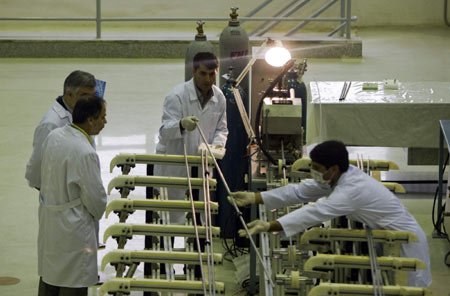Carpet Manufacturing Plant: Processes, Technologies, and Sustainability
The carpet manufacturing plant is a complex and highly specialized industrial facility that utilizes a range of processes and technologies to produce high-quality carpets. Key processes include fiber preparation, carpet weaving, and post-treatment operations. Advanced technologies, such as automated weaving machines and eco-friendly dyeing processes, are employed to ensure efficiency and sustainability. The sustainability of the carpet manufacturing plant is crucial, and measures are taken to reduce water and energy consumption, minimize waste generation, and promote the use of recyclable materials. These efforts contribute to the overall sustainability of the carpet manufacturing industry, which is essential for addressing the challenges of environmental degradation and climate change.
Carpet manufacturing is a complex process that involves the use of different materials, techniques, and technologies. In this article, we will explore the processes, technologies, and sustainability practices used in carpet production.

Carpet manufacturing starts with the selection of raw materials. The most commonly used material for carpet production is polyester, which is a synthetic fiber. However, natural fibers such as wool and cotton are also used. The selection of raw materials depends on the desired properties of the final product, such as durability, stain resistance, and comfort.
Once the raw materials are selected, they are processed to create the yarn. In the case of synthetic fibers, this involves spinning the fiber into yarn. For natural fibers, it may involve carded, combed, or twisted processes. The type of processing used depends on the desired texture and appearance of the final carpet.
The next step is to weave the yarn into a carpet. This is usually done on a loom, which can be either a manual or automated machine. There are different weaving techniques, including plain weave, twill weave, and satin weave. The type of weave used affects the weight, thickness, and texture of the resulting carpet.
After the carpet is woven, it undergoes a series of finishing processes. This may include dyeing, printing, or applying a protective coating. These processes enhance the color, pattern, and durability of the carpet.
However, it is important to note that the carpet manufacturing process can have a significant environmental impact. The production of synthetic fibers, in particular, requires a lot of energy and emits greenhouse gases. Therefore, it is crucial to adopt sustainable practices in carpet manufacturing.

One way to achieve sustainability is to use recycled materials. For instance, some carpet manufacturers use recycled polyester fiber in their products. This not only reduces the demand for new synthetic fiber production but also diverts plastic waste from landfills.
Another sustainable practice is to use renewable energy sources. Solar energy, in particular, is a clean and renewable source of energy that can be used to power carpet manufacturing plants. By using solar energy, carpet manufacturers can reduce their carbon footprint and contribute to sustainable development.
In addition, carpet manufacturers can also adopt eco-friendly production methods. For instance, they can use water-based adhesives instead of solvent-based adhesives to reduce volatile organic compound (VOC) emissions. They can also implement waste management programs to recycle or compost any non-recyclable materials generated during production.
The adoption of sustainable practices in carpet manufacturing is crucial to address the environmental challenges facing the world today. By reducing their environmental impact and using renewable and recycled materials, carpet manufacturers can contribute to a sustainable future for our planet.
Articles related to the knowledge points of this article:
Top 10 Famous Brands of Down Jackets
Title: Mastering the Art of Tie Knotting: A Comprehensive Guide to Tie Knotting Techniques
The Overcoat and Down Jacket: Winter Fashion Essentials
Womens Down Pants: Fashion and Functionality
NO-HAT DOWN JACKET: A WARM AND COMFORTABLE WINTER CLOTHING OPTION



